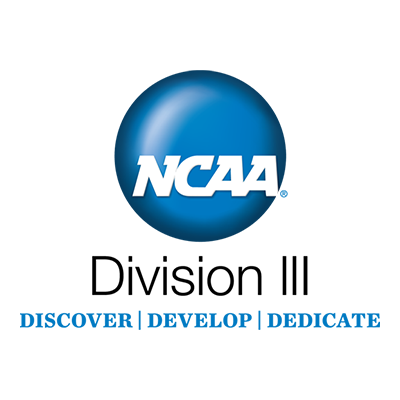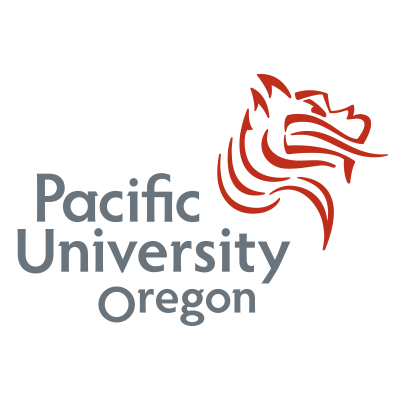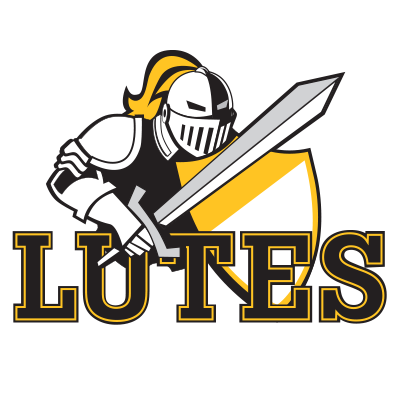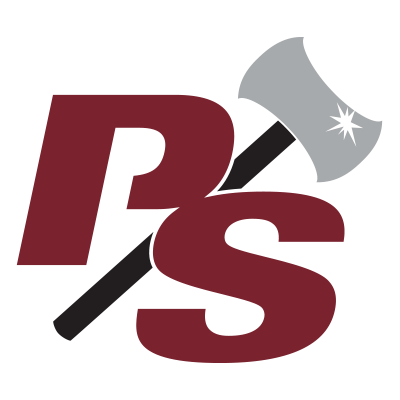The Northwest Conference
 The Northwest Conference is building a reputation as one of the most competitive NCAA Division III alliances in the country. The nine private colleges and universities situated throughout Oregon and Washington are nationally competitive in a broad spectrum of sports.
The Northwest Conference is building a reputation as one of the most competitive NCAA Division III alliances in the country. The nine private colleges and universities situated throughout Oregon and Washington are nationally competitive in a broad spectrum of sports.
The NWC has continually reinvented itself throughout the past 75 years. Formed in 1926, the conference is one of the oldest athletic alliances in the western United States. The NWC's current Oregon-based membership includes Linfield, Lewis and Clark, Willamette, Pacific and George Fox. The members from the state of Washington are Puget Sound, Pacific Lutheran, Whitman and Whitworth.
Charter members included Willamette, Pacific, Whitman, the College of Puget Sound (UPS), Linfield and the College of Idaho. Lewis & Clark joined in 1931 when it was known as Albany College. It remained for seven years, departed, and returned in 1949 using its present name. PLU was added in 1965 and Whitworth became a member in 1970. The College of Idaho (now known as Albertson College of Idaho) dropped out in 1978. Whitworth left the NWC in 1984 but returned in 1988.
The Northwest Conference, which for years sponsored athletic competition exclusively for men’s sports, and the Women’s Conference of Independent Colleges joined forces in 1984 to become the Northwest Conference of Independent Colleges. The name was shortened back to Northwest Conference in 1998.
Four years ago, all nine conference institutions shifted national affiliation from the NAIA to the NCAA.
Leaving behind years of success at the NAIA level, the conference embraced the move as one that would foster equity, sportsmanship and genuine concern for the student-athlete in all endeavors of competition.
Colleges and universities in NCAA Division III place the highest priority on the overall quality of the education experience and on the successful completion of all students' academic programs. They seek to establish and maintain an environment in which a student-athlete's sports activities are conducted as an integral part of his or her educational experience.
Division III institutions also seek to establish and maintain an environment that values cultural diversity and gender equity among their student-athletes and athletic staff.
Member Institutions
NCAA Division III
 The National Collegiate Athletic Association is the organization through which the nation’s colleges and universities speak and act on athletics matters at the national level. It is a voluntary association of 1,265 institutions, conferences, organizations and individuals devoted to the sound administration of intercollegiate athletics. In short, the NCAA and intercollegiate athletics are committed to the best interests, education and athletics participation of student-athletes. It is a membership-led association of college and universities with athletics programs committed to: Protecting the best interests of student-athletes. Presidents, athletics directors, senior woman administrators and faculty athletics representatives from member schools vote on legislation that protects the integrity of student-athletes, college sports and athletics participation against corrupting outside influences. Student-athletes have a voice in the governance of college sports through committees at the campus, conference and national levels. The safety of student-athletes is supported through playing rules, research and recommended sports-medicine policy. Time demands on student-athletes from their sport are limited both during the week and by the length of the season through NCAA bylaws.
The National Collegiate Athletic Association is the organization through which the nation’s colleges and universities speak and act on athletics matters at the national level. It is a voluntary association of 1,265 institutions, conferences, organizations and individuals devoted to the sound administration of intercollegiate athletics. In short, the NCAA and intercollegiate athletics are committed to the best interests, education and athletics participation of student-athletes. It is a membership-led association of college and universities with athletics programs committed to: Protecting the best interests of student-athletes. Presidents, athletics directors, senior woman administrators and faculty athletics representatives from member schools vote on legislation that protects the integrity of student-athletes, college sports and athletics participation against corrupting outside influences. Student-athletes have a voice in the governance of college sports through committees at the campus, conference and national levels. The safety of student-athletes is supported through playing rules, research and recommended sports-medicine policy. Time demands on student-athletes from their sport are limited both during the week and by the length of the season through NCAA bylaws.
NCAA Division III (D3) is where the true student-athlete studies and competes. The National Collegiate Athletic Association (NCAA) is the main governing body of collegiate sports, dividing levels of classification into three divisions. D3 institutions are largely regarded as leading academic institutions and do not offer athletic scholarships. Still, athletics in D3 is highly competitive. There are over 136,000 athletes at over 430 D3 colleges and universities and each one is studying to earn a valuable degree in preparation for the workplace while playing the sport that he or she loves.
For D3 athletes, sports have been an integral part of their lives since youth. From elementary school through high school, sports have complemented the educational experience.
DIII Distinction
- Athletes at D3 colleges and universities receive no financial aid on the basis of athletic merit, although substantial financial aid and academic merit scholarships are available at most D3 institutions.
- D3 schools place highest priority on the overall educational experience; athletics is a complement to academics and overall residential experience.
- D3 student-athletes are well rounded and take advantage of extracurricular activities in college. At the D1 and D2 levels, athletics are a student's life and they have limited availability to college life outside of their respective sport.







